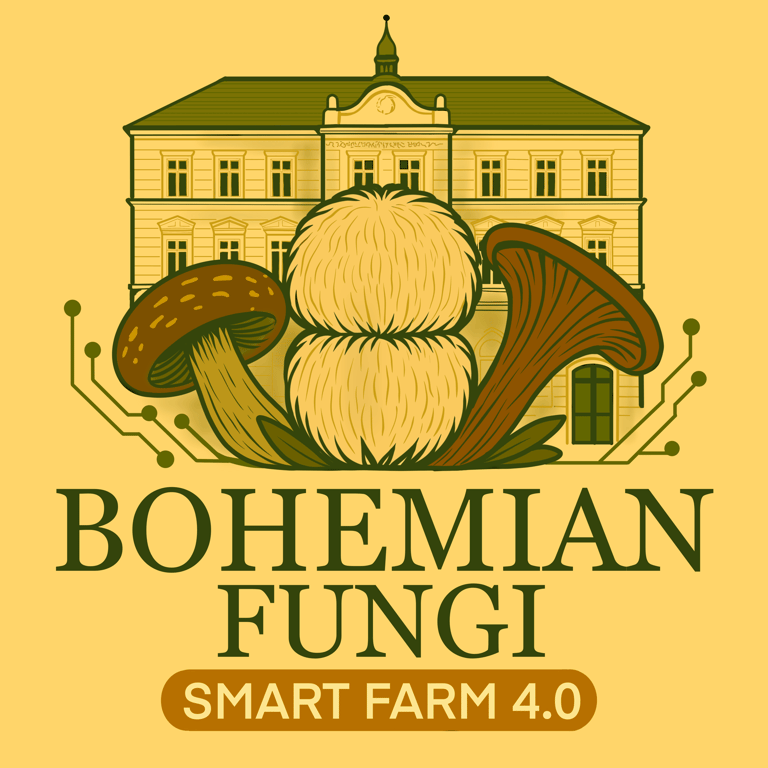Mushroom Basics: Anatomy and Identification Tips for Fresh Fungi Lovers Near Prague
Czech republic is known for a culture of wild mushroom gatherer. So let's discuss mushroom identification for once.
MA - GENERAL KNOWLEDGEMYCOACADEMY
8/14/20252 min read
Video credit : Yellow Elanor (Instagram, Youtube)
Introduction
Mushrooms never fail to captivate us—whether it's the silky oyster, the meaty shiitake, or the regal lion’s mane, their forms and flavors are endlessly fascinating. But before we savor their taste, it's helpful to inhale their structure—and that’s exactly what the video “Mushrooms 101: Identification and Anatomy – Part 1” does. Join us as we peel back the layers—literally—and explore how this knowledge can turn every culinary mushroom into a well-known friend.
1. Why Learn Mushroom Anatomy?
Knowing the internal and external structure of mushrooms helps ensure safe, accurate identification—and that’s crucial when foraging or even buying from suppliers. It allows you to understand what you’re cooking with, and helps in recognising key features like gills, stems, caps, and spores.
2. Key Concepts from the Video
The video explores the fundamental anatomy of mushrooms and walks viewers through the identification process—from cap shapes and gill attachment to spore colour and stem characteristics. It emphasises these core parts:
Cap (Pileus): The umbrella-shaped top—colour, texture, and curvature all matter.
Gills (Lamellae): Underneath the cap—spacing, attachment, and color help differentiate species.
Stem (Stipe): Look at size, shape, surface texture, and whether there's a ring (annulus).
Spore Print: Collecting spores to observe their colour helps with positive ID.
Other elements like volva (base structure), odor, and cap surface details—all are keys to accurate identification.
(Information generalised from the nature of typical “Mushrooms 101” content—since the video content itself focuses on these topics.) YouTube
3. Practical Tips You Can Use
Start with familiar species: Begin with oyster or shiitake (common and safe in culinary use).
Use a field guide or trusted app to double-check visual clues—especially if exploring wild varieties.
Take spore prints: They’re easy to do and valuable for distinguishing similar-looking mushrooms.
Learn mycological lingo: Understanding terms like adnate gills, convex cap, or spore color abbreviations (e.g., white, brown, ochre) sharpens accuracy.
4. Anatomy in Practice at Our Prague Farm
At our farm near Prague, we grow oyster, shiitake, and lion’s mane mushrooms with precision—and that starts with anatomy. Take the oyster mushroom: its fan-shaped cap is easy to identify, and its white, closely packed gills merge directly with a short, off-center stem. Understanding these traits ensures that we harvest the best, most uniform mushrooms for your dishes.
5. Conclusion
By familiarising yourself with the anatomy of mushrooms—whether via “Mushrooms 101: Identification and Anatomy” or hands-on learning—you’ll gain a deeper appreciation for their structure and safety. And if you’d like to explore more, we’d love to invite you to our farm in Prague for a behind-the-scenes walkthrough of how we cultivate each variety with anatomical care.
To do that just contact us.
And we wanted to say a big thank you to Yellow Elanor for this lovely video : instagram.com/yellowelanor

